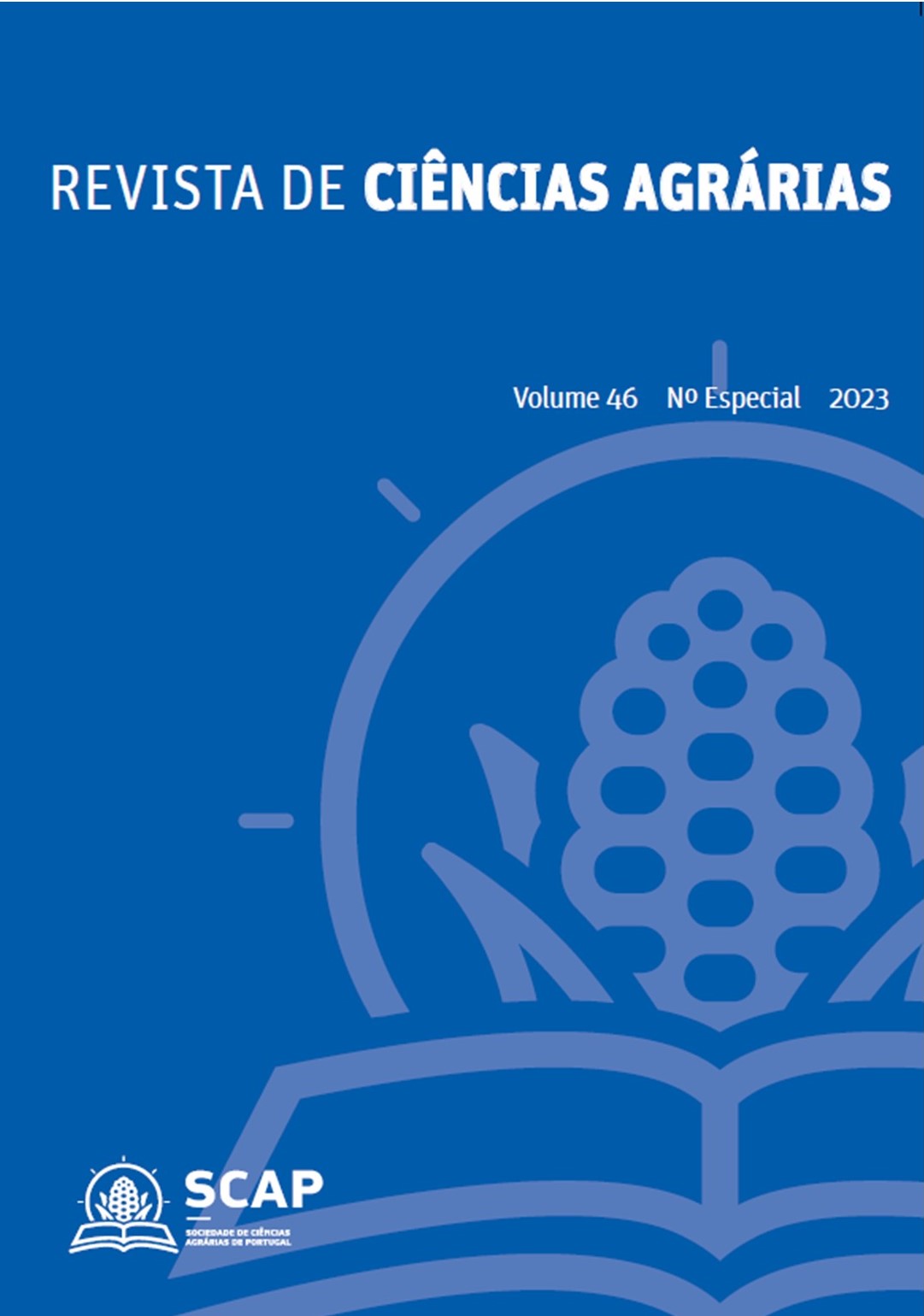Can soils contribute to the sustainable development of pastoral communities in the municipality of Curoca, southwest Angola?
DOI:
https://doi.org/10.19084/rca.33361Abstract
The Curoca region in the Cunene district, southwestern Angola, has suffered and is expected to continue to suffer threats associated with the three major United Nations conventions: climate change, desertification and biodiversity loss. Following the most serious drought in the last 40 years, it is urgent to increase the number of water access points, as well as the quantity and quality of water available to the pastoral communities of Curoca. However, meet their water needs may not be enough to ensure the sustainability of the indigenous traditional grazing system in this region. Estimates of the livestock carrying capacity for the Curoca range from 0.12< TLU/ha<0.2 ('tropical livestock units’ or 250 kg cattle). Overgrazing is very likely if we apply the average livestock rate of Cunene (0.16 cattle/ha) to Curoca. The reduction of vegetation cover and soil erosion observed in several places in 07.2022 also suggest the same. The pastoral communities of Curoca must be supported within the framework of the Sustainable Development Goals. With this purpose, a brief update of information on the soils of the Curoca is presented, and examples of measures whose effectiveness depends on the knowledge of the region's soils and their sustainable management are given.


